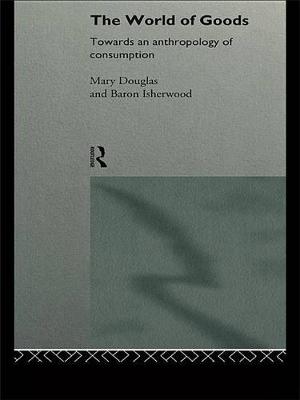Routledge Classics
2 total works
First printed in 1970, Natural Symbols is Douglas' most controversial work. It represents a work of anthropology in its widest sense, exploring themes such as the social meaning of natural symbols and the image of the body in society. This work focuses on the ways in which cultures select natural symbols from the body and how every natural symbol carries a social meaning. She also introduces her grid/group theory, which she sees as a way of keeping together what the social sciences divide and separate.
Bringing anthropology in to the realm of religion, Douglas enters into the ongoing debate in religious circles surrounding meaning and ritual. The book not only provides a clear explanation to four distinct attitudes to religion, but also defends hierarchical forms of religious organization and attempts to retain a balanced judgement between fundamentalism and established religion. Douglas has since extensively refined the grid/group theory and has applied it to consumer behaviour, labour movements and political parties.

